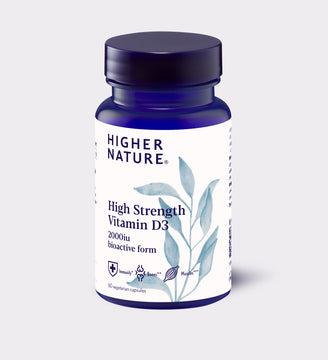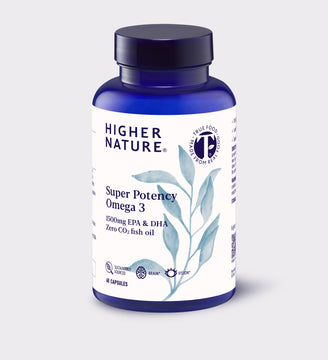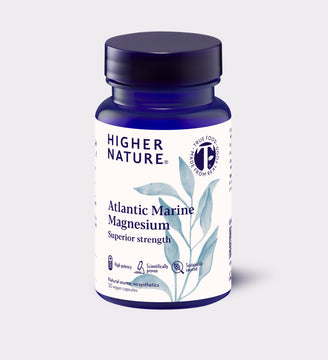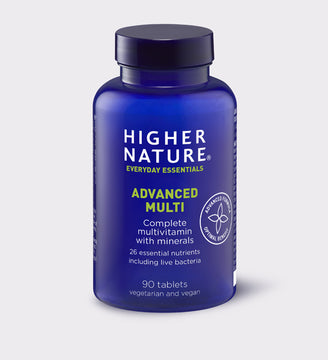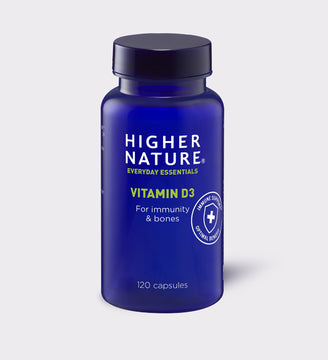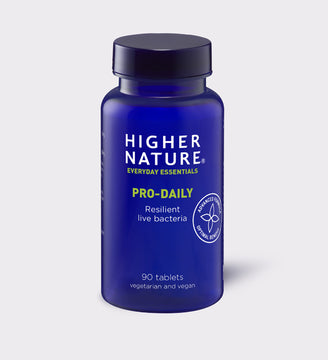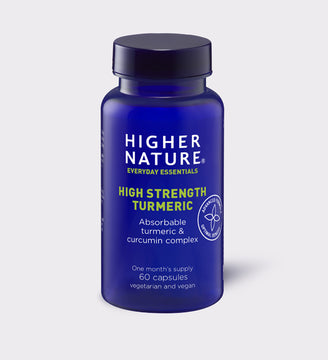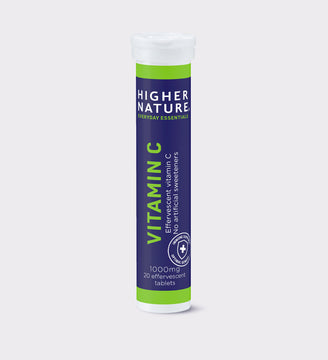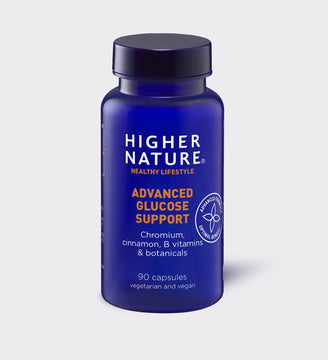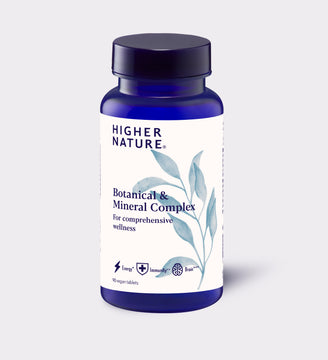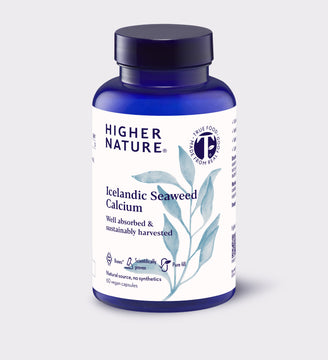
Will Applying Sunscreen Prevent Vitamin D Production?
Higher Nature Nutrition Team
Vitamin D and the sun
It is a modern dilemma – do you go out in the sun and top up your vitamin D levels but risk sunburn and sun damage, which at its worst can lead to skin cancer? Or do you cover up, slap on the suncream and make sure you don’t let the sun on your skin? The benefits of vitamin D are widespread and include bone health and promoting immune function. It has also been shown to help protect against cancer, so it makes you wonder if there is a link between vitamin D levels and skin cancer. We have delved into the research to see what the scientists have found.
About 90% of the vitamin D in our body is made through the skin and about 10% comes from dietary sources. Food sources include oily fish, eggs and dairy foods, many cereals and dairy-alternatives are fortified with vitamin D. But how is vitamin D made via the skin? It seems like such an unlikely method of making a vitamin! Basically part of the vitamin D compound accumulates in the layers of the skin and UVB light from the sun converts it and the liver activates it. Generally speaking the fairer your skin, the more efficient the conversion to active vitamin D, so those with darker skin need to spend longer in the sun to make their quota of vitamin D. We also need to remember that in the UK the sun is only strong enough for us to make vitamin D from March to October. A cloudy day, a frequent occurrence, will also reduce vitamin D synthesis.
In recent years public health initiatives have focused on covering up in the sun or using sunscreen to help reduce the incidence of skin cancers. At the same time scientific research into the negative effects of low vitamin D levels has been increasing. We have been told in the past that using sunscreen stopped the production of vitamin D. Although the research into skin cancer and vitamin D levels is conflicting, a review in Melanoma Management found there is some evidence that people with good levels of vitamin D have a lower mortality rate from skin cancer than those who have low levels. So how can we top our vitamin D and protect our skin at the same time?
Helpfully, recent research published in the British Journal of Dermatology has examined this issue and conducted an experiment on a group of travellers heading to the sun for a week in Tenerife. They measured vitamin D levels before and after a glorious week of consistently sunny weather and clear skies! The results confirmed that even when sunscreen was applied regularly and frequently, the level of vitamin D increased significantly by the end of the holiday. The holiday makers protected their skin and boosted their vitamin D.
For those of us in the UK who aren’t heading off on sunny holidays where the sunlight is stronger and the clouds less frequent, we may have to work harder to top our vitamin D during the summer. This is where supplements play an important role to support our levels. We can, though, rest assured that we will be making some vitamin D even when we are wearing sunscreen.
